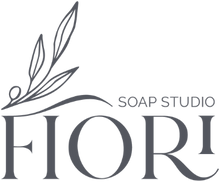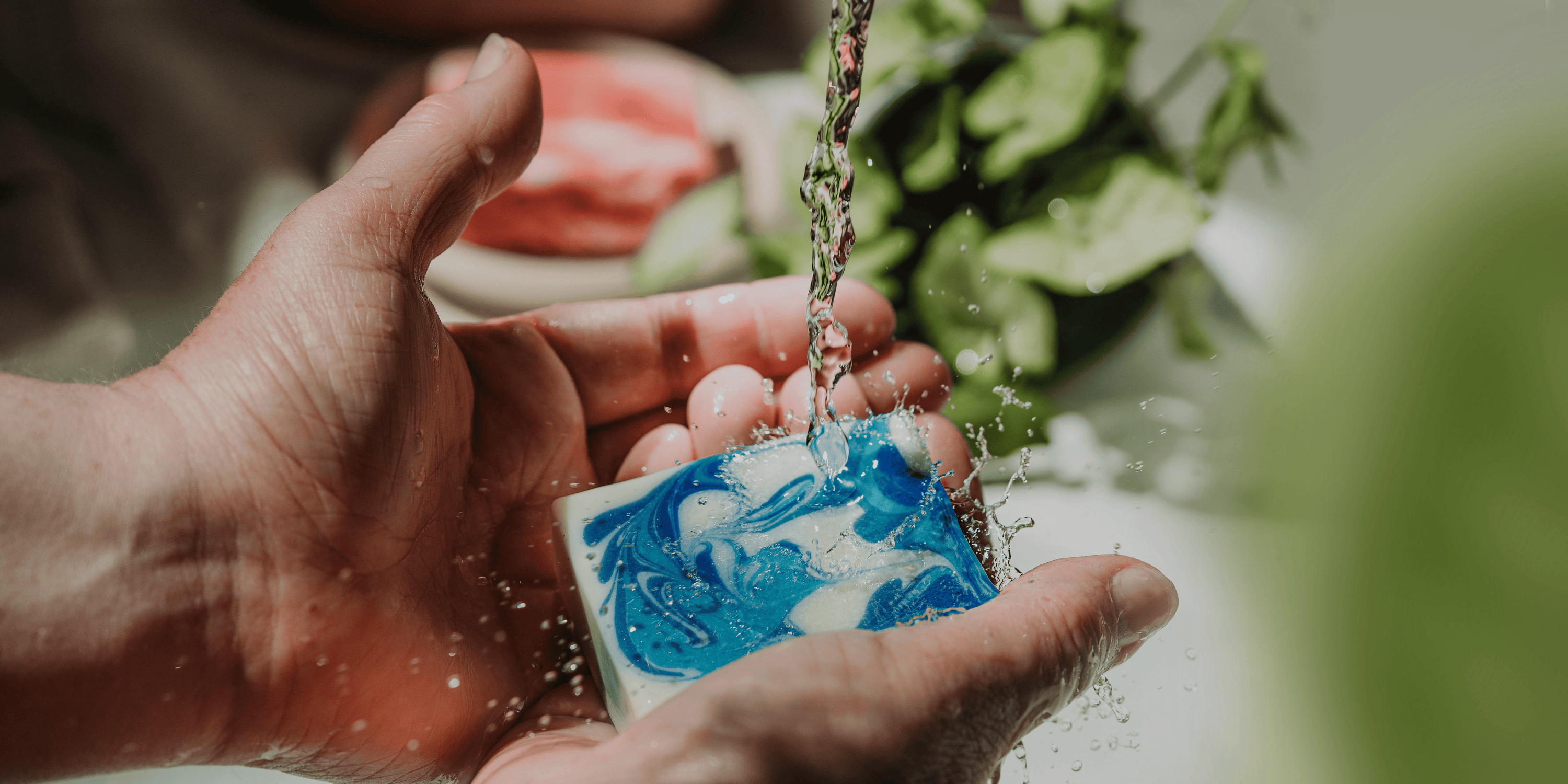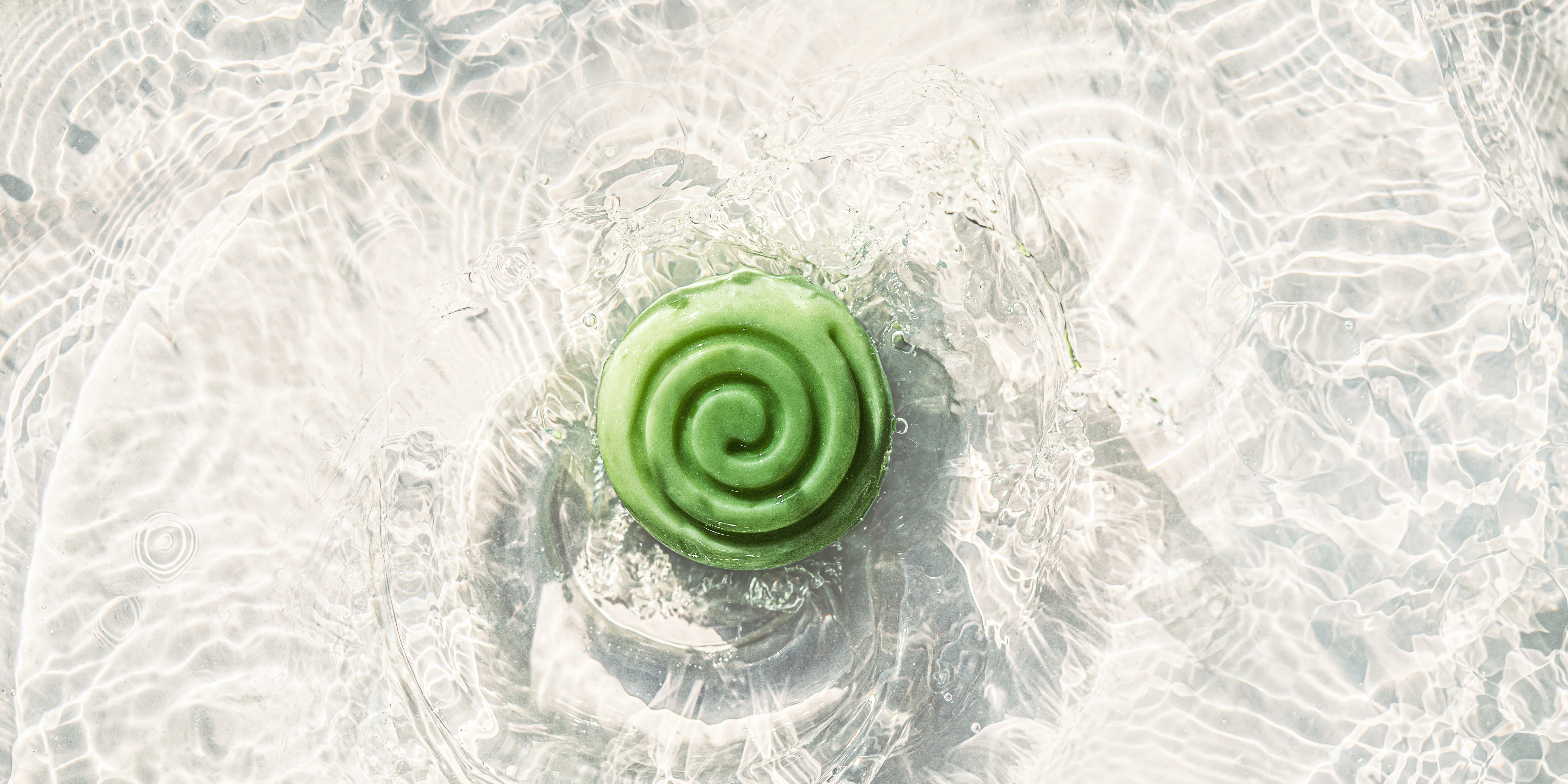Soap History
The first concrete evidence soap-like substance is dated around 2800 BC. The first soap makers were Babylonians, Mesopotamians, Egyptians, as well as the ancient Greeks and Romans.
Yes, that's right: that's how long soaps and soap making has been around!
All of them made soap by mixing fat, oils and salts. Soap wasn't made and used for bathing and personal hygiene but was rather produced for cleaning cooking utensils and cloth or was used for medicine purposes.
Industrial soap production occurred in the 1450s to 1500s, in France and as early as the 1200s the process was industrialized in the Middle East.
Th manufacturing of larger industrial amounts of good quality soap started only around the 18th century when it was discovered how to make large quantities of caustic soda.
Liquid soap started being produced in the 1800s, and was patented in 1865, the used of which became more practical than typical bars.
Traditional cold-process:
Soap is made by reacting fats and oils with an alkali, aka lye. Lye is also known as caustic, caustic soda or sodium hydroxide. If you've used caustic to unblock a drain, that's exactly what I use to make soap.
Most soap makers (myself included) actually use a little less lye than is really needed, so make sure that the soap has extra fat (this is called super fatting). Doing so means that some of the oils do not saponify and remain in the soap. This means that soaps made that way are actually more moisturizing and very gentle on the skin.
Soaps made based on this process are super moisturizing and won’t leave that “tight skin” feeling.
Saponification is the name of the chemical process that happens when mixing oils and butters etc. with the lye. This reaction produces two elements: Glycerin and soap.
Glycerin, a natural moisturizer, is a natural product created during the soap-making process. Commercial soap manufacturers remove the glycerin, which creates a soap that is very drying to the skin.
A cold process soap is ready the moment all the lye has been chemically transformed and there is none of it left.
In the cold process soaps, the ingredients are not heated, which allows them to conserve their beneficial and natural.

Handmade soap needs to cure:
After a batch of soap is made, it needs to cure for 4-6 weeks (or longer depending on the recipe and on the weather (temperature and humidity).
I usually cut a loaf of soap about 24 hours after I make it and place it on wracks to harden. It is still a little bit soft and sticky at that time. After a couple of days it hardens enough that I can wrap it and store it in cardboard boxes. Over this time it continues to lose moisture and harden.
The longer soap is allowed to cure, the harder it gets and the longer it will last when you start to use it.
Fun Facts about Soap:
Soap supposedly got its name from Mount Sapo in Rome. It is a name of a fictitious mountain in the area of Rome which is said to be associated with soap.Soap was once a luxury item: in the 1500s and 1700s, soap was revered among the rich.
Most modern soaps are detergents. Nowadays, soap is commonplace. However, you may not realize that the soap in your home is probably not soap. In the early 20th century, German scientists created detergents as a more affordable soap alternative.
Fat is a major ingredient in many soaps. Animal fats, plant oils and butter such as olive-, sunflower-, castor-, soy-, grapeseed-, rice bran oils, but also beef tallow, pig lard, coconut-, shea- and mangobutters to name a few.
We absorb 60% of the substances we put on our skin. so, anything you put on your skin will get under your skin.
The term soap opera dates back to US daytime radio dramas of the 1930s which were often sponsored by soap or detergent manufacturers.


